29. August, 2025delish0
In industrial equipment procurement, the pursuit of "ultimate parameters" often means exponential cost growth, and the essence of "cost performance" is to accurately identify which parameters are critical to your production and which parameters can be reasonably compromised for cost.
For slitting machines, the following parameters can be trade-offs and compromises based on your actual production needs:
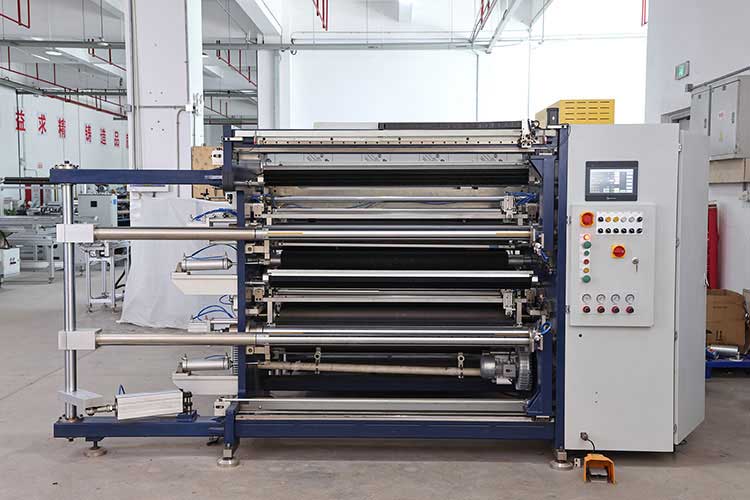
Parameters that can be compromised appropriately ("enough is good")
1. Max Mechanical Speed
• Parameter description: The maximum speed that a slitting machine can theoretically achieve, usually in meters per minute (m/min).
• Why compromise is possible: Actual production speeds almost never reach maximum mechanical speeds. Production speed is limited by material properties (e.g., film and paper stretchability), tension control accuracy, operator proficiency, blade life, loading and unloading efficiency, and other factors. A machine with a nominal 350m/min may run at a speed of 200m/min for a long time is already very stable and efficient.
• Compromise suggestions: Analyze your current and future order needs for 1-3 years. If most of your existing orders require a speed of 100-150m/min, then choosing a model with a maximum speed of 200-250m/min is more than enough, which can save a lot of costs compared to pursuing a model above 400m/min.
2. Device Accuracy - within reasonable limits
• Parameter description: mainly including slitting width accuracy (±0.1mm or ±0.05mm) and winding edge accuracy (±0.5mm or ±0.2mm).
• Why you can compromise: With each order of magnitude increase in accuracy, the requirements for rails, lead screws, servo motors, control systems, and machining processes increase dramatically, and the cost increases dramatically.
• Compromise Suggestions: Closely match your product requirements.
◦ If the slitting is a product with packaging paper, non-woven fabrics, insulating materials that do not require extremely tight width tolerances (such as ± 0.2mm), there is no need to pursue a top accuracy of ±0.05mm.
◦ If the slitting is high-end optical film, battery separator, etc., and precision is the core requirement, it cannot be compromised.
◦ Remember: The "static accuracy" and "stability" of the equipment under long-term operation are more important than the nominal maximum accuracy.
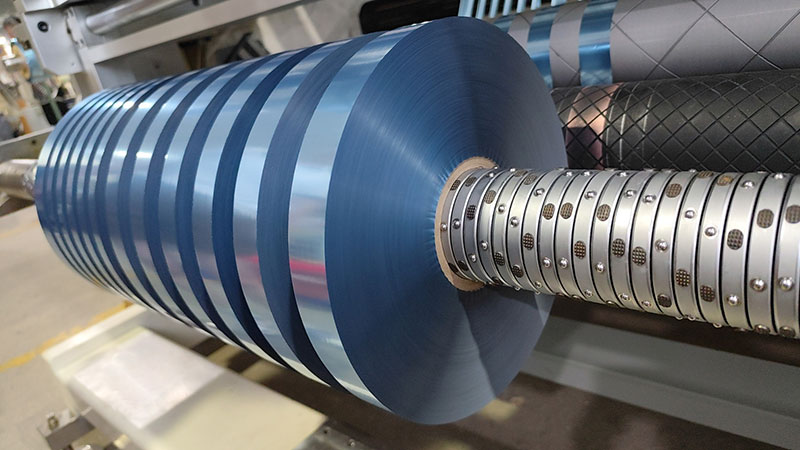
3. Automation & Smart Features
• Parameter description: including automatic loading and unloading system, automatic tool arrangement system, remote operation and maintenance, big data analysis and other functions.
• Why compromise: These are significant "value-added features" that increase efficiency and reduce labor, but are also a major component of cost.
• Compromise proposals:
◦ Evaluate labor costs and return on investment (ROI): If your business is in its infancy or small scale and has low labor costs, you can choose a semi-automatic or automatic model for key stations (such as manual tool rowing + pneumatic loading). Subsequent business expansion will be upgraded.
◦ Core functions first: ensure that the basic tension control (electronic unwinding, traction, rewinding tension) is stable and automated, which is the cornerstone of ensuring product quality. What can be compromised is the "icing on the cake" premium features.
4. Brand Premium
• Parameter description: international first-line brand vs. domestic first-line brand vs. domestic small and medium-sized brand.
• Why you can compromise: Top international brands have the best technology and reliability, but the price may be 2-3 times or even higher than that of excellent domestic brands.
• Compromise suggestions: Excellent domestic brands are an excellent choice for cost performance. In recent years, leading domestic slitting machine manufacturers have made great progress in technology, process and stability, especially in the mid-range market, their product performance can fully meet most application scenarios, and the price, after-sales service response speed and accessory cost have huge advantages.
5. Material Applicability
• Parameter description: Can a machine perfectly cut from extremely thin PET film to heavy non-woven fabrics and paper?
• Why you can compromise: Dedicated planes tend to be more cost-effective than general-purpose aircraft. The "all-purpose model" that tries to take all the materials is complex in design, solid in materials and expensive.
• Compromise: If 95% of your business is cutting a specific material (such as a lithium battery separator), choose a model that is specifically optimized for that material. It will outperform expensive general-purpose models in your main areas at a lower price.
6. Redundant design and over-engineering
• Parameter descriptions: e.g., using motors that are far more powerful than necessary, rack wall panels that are too thick, etc.
• Why compromise: Solid materials are good, but over-design can lead to unnecessary waste. The key is "strong enough" rather than "infinitely strong".
• Compromise suggestions: Trust in the design of experienced engineers. Compare models of different brands for similar materials, and their motor power, rack weight, etc. should be in the same order. Choose a well-balanced design rather than a "monster" where all parts are overconfigured.
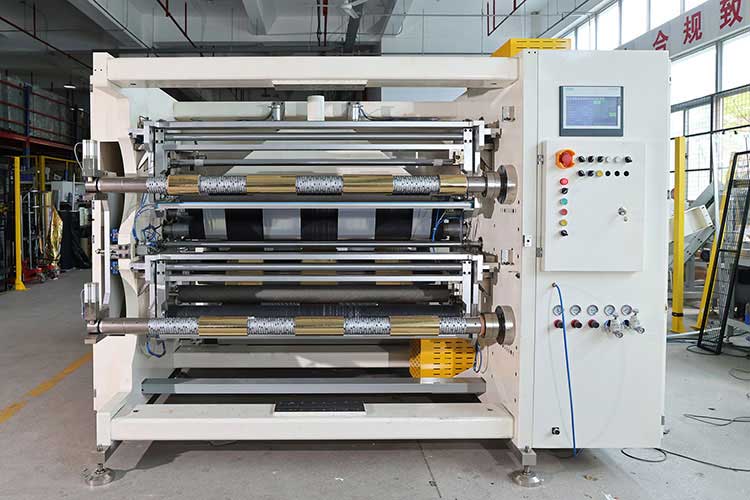
Core parameters that must not be compromised ("you get what you pay for")
1. Safety: Safety light curtains, emergency stop buttons, protective covers, etc. must meet the highest safety standards, which is related to the safety of operators and must not be saved.
2. Brand and quality of core components: servo motors, frequency converters, tension sensors, PLCs (programmable logic controllers), linear guides and bearings, etc. These are the "heart" and "nerves" of the device, and their quality directly determines the stability, longevity and accuracy maintenance ability of the equipment. Rather save money elsewhere and make good use of the core components of the brand.
3. Basic Tension Control: Even if it is not the top system, it must ensure that the tension control is stable and adjustable without obvious fluctuations, which is the basis for ensuring that scrap products such as "cabbage sum rolls" and "chrysanthemum rolls" are not cut into pieces.
4. Structural Rigidity & Workmanship: The frame should not have visible jitter, and the processing and welding process should be solid. This is the basis for the long-term stable operation of the equipment, if the foundation is not solid, all high-end functions are castles in the air.
Summary and purchase strategy
1. Clarify Requirements: Detail the type of material you want to slit, common widths and diameters, target production speeds, acceptable precision tolerances, and budget ranges.
2. Grasp the big and let go of the small: Ensure that the core parameters (stability, core components) meet the standards, and remain flexible for non-core parameters (ultimate speed, excessive automation).
3. Focus on "stability" rather than "peak performance": A machine that can run stably at 150m/min 24 hours a day is far better than a machine that can only occasionally soar to 300m/min but has frequent failures.
4. Domestic production first, on-site inspection: focus on the top domestic manufacturers, personally visit their factories, see the installation site, communicate with existing users, and understand the real reputation and after-sales service level.
5. Evaluate the total cost of ownership (TCO): The price is only the initial investment, but also consider the cost of consumables (blades), energy consumption, maintenance costs, after-sales response speed, and accessory prices.
Through the above analysis, you can make the most informed "cost-effective choice" within your budget and find the slitting machine that best suits the development stage and product features of your business.



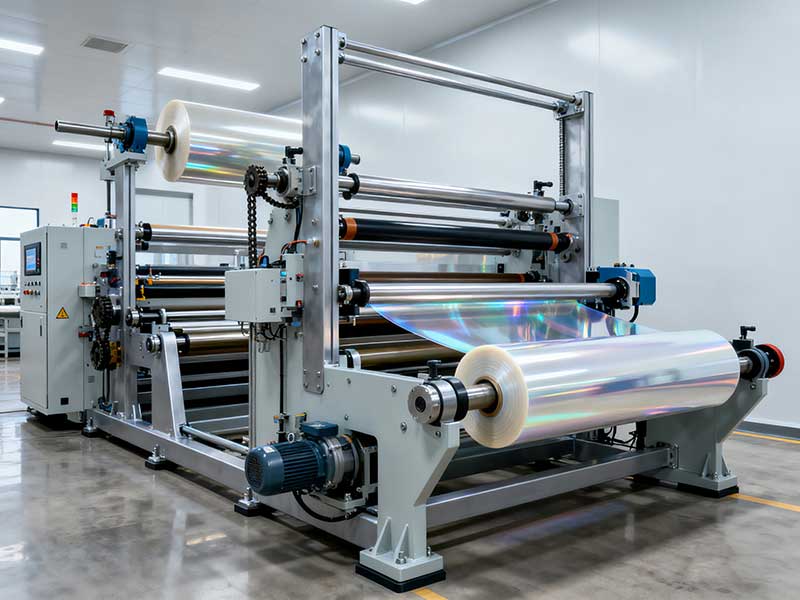
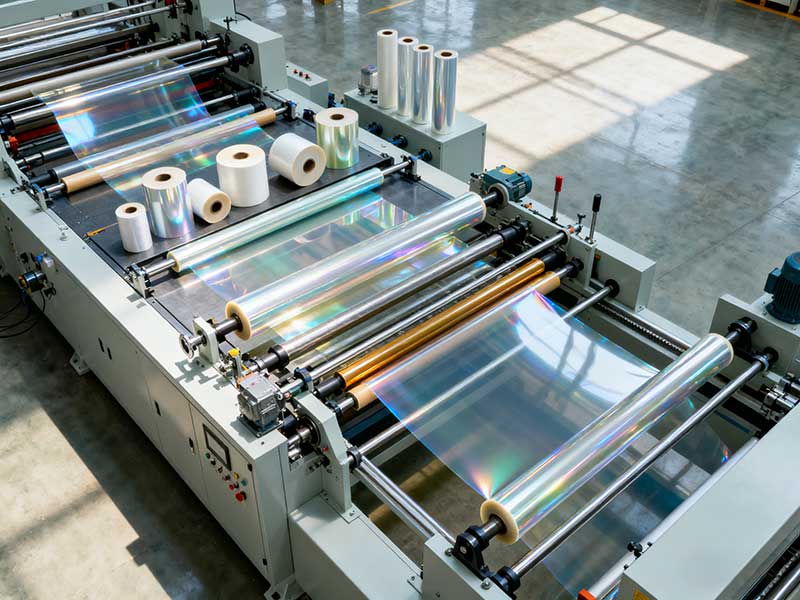
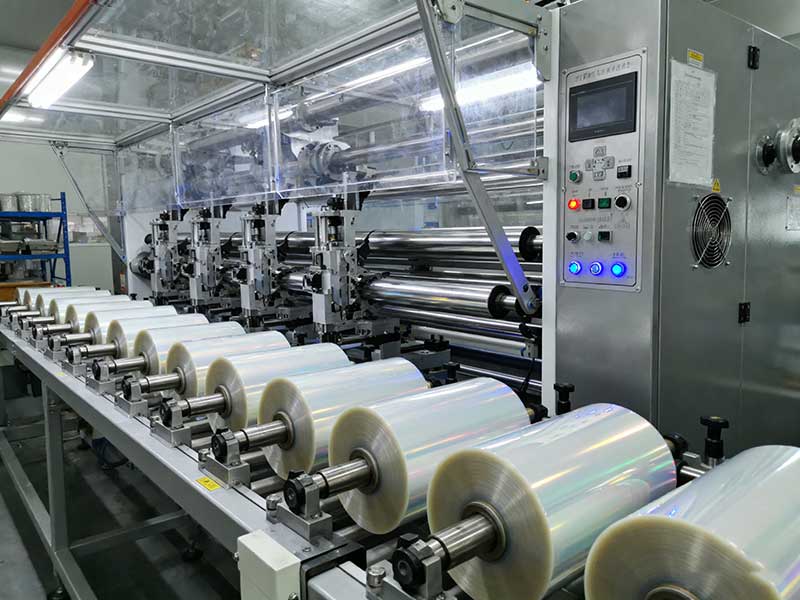

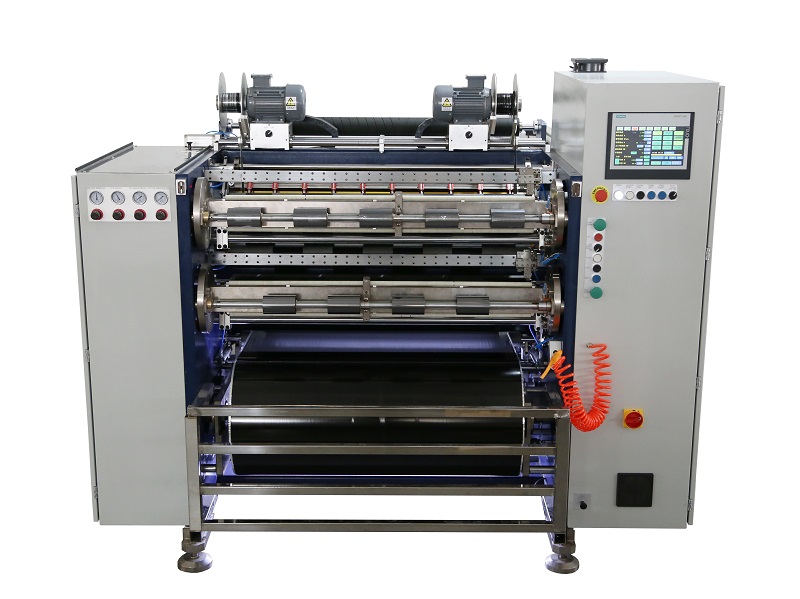 Fully Automatic TTR Slitter RSDS8 Plus
Fully Automatic TTR Slitter RSDS8 Plus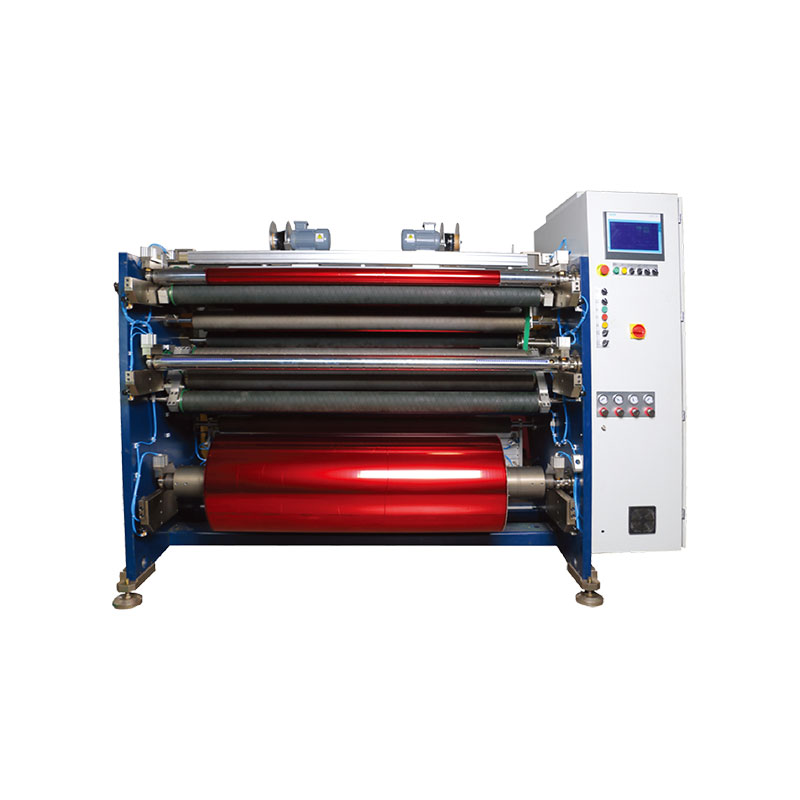 Hot Stamping Foil Slitter 1600mm
Hot Stamping Foil Slitter 1600mm Hot Stamping Foil Slitter (4 Shafts)
Hot Stamping Foil Slitter (4 Shafts)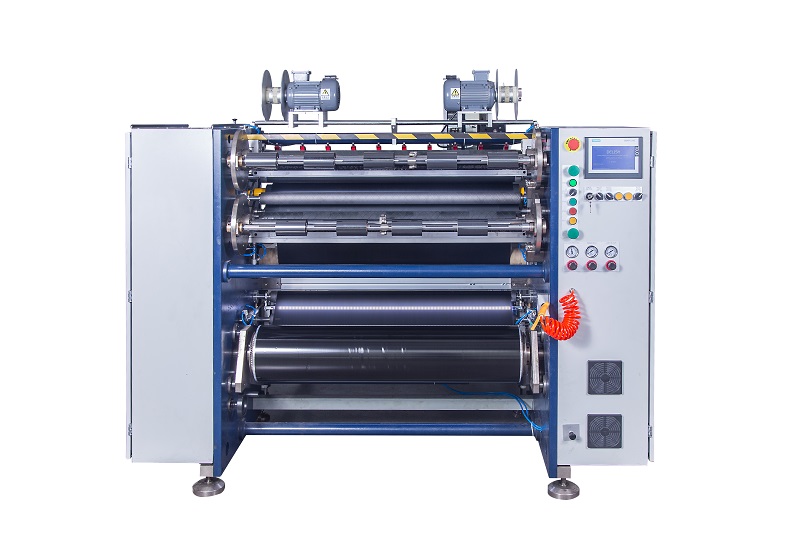 Semi-Auto TTR Slitter RSDS2 Plus
Semi-Auto TTR Slitter RSDS2 Plus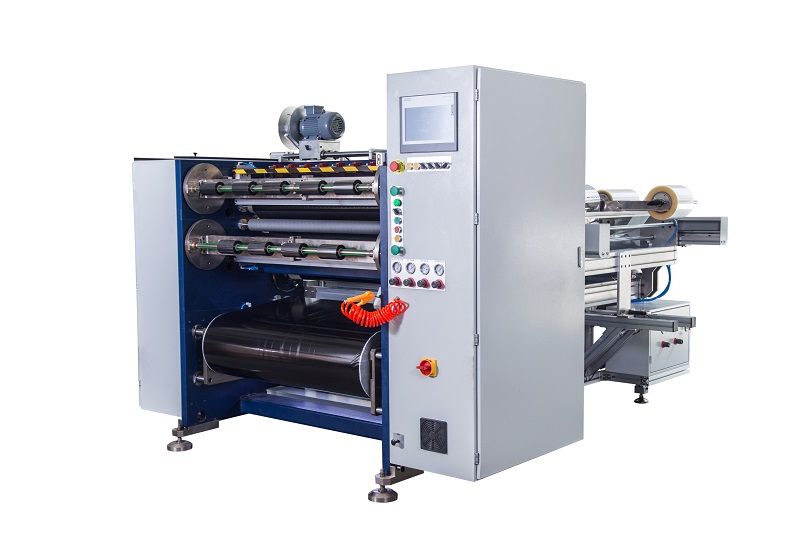 Semi Automatic TTR Slitter RSDS5 Plus
Semi Automatic TTR Slitter RSDS5 Plus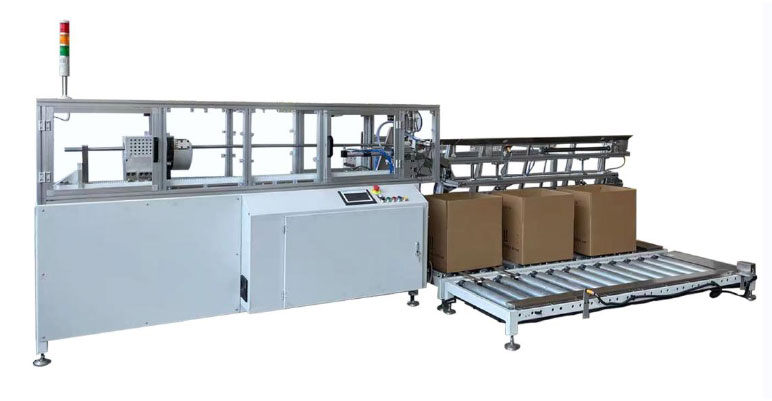 Auto Paper Core Cutter
Auto Paper Core Cutter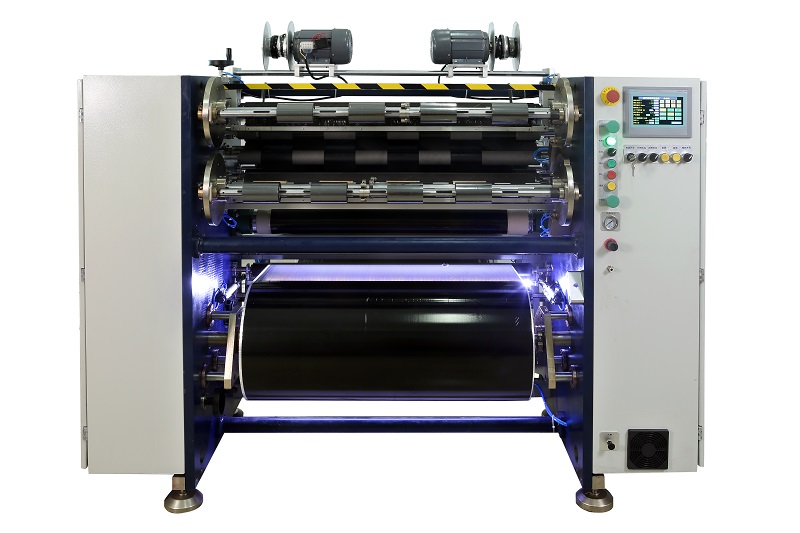 Manual TTR Slitter RSDS2
Manual TTR Slitter RSDS2 Manual Paper Core Cutter
Manual Paper Core Cutter





